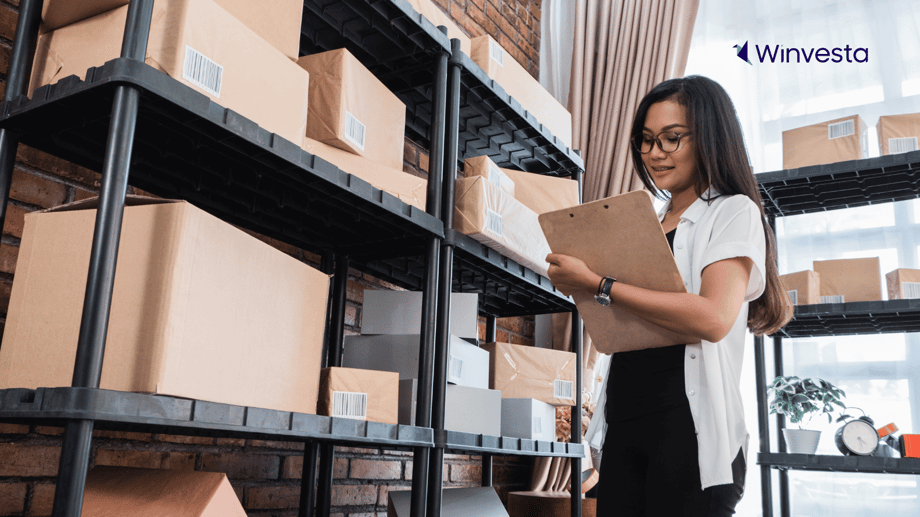Contents
What Is an IEC Code and How Do Exporters Benefit?
3 minutes read
12 December 2024

In today’s competitive world, it is common for businesses to expand beyond domestic boundaries. ****Thanks to the internet and technological advancements, conducting global business has become easy. Even so, navigating through a series of legal requirements is crucial before entering the global market. This includes obtaining various registrations and licenses. The Import Export Code (IEC) license is vital for individuals or businesses involved in import-export activities in India. So let’s understand what an IEC is and why cross-border traders need it.
What is an IEC code?
An Import Export Code (IEC) is a unique number issued by the Directorate General of Foreign Trade (DGFT). It’s a unique ID that importers and exporters must have to conduct their international business. Importer merchants cannot import goods without the Import Export Code, and similarly, the exporter merchant cannot avail of benefits from DGFT for the export scheme without IEC. If you offer services instead of goods, you generally require an IEC only when availing of the benefits provided by the government. The IEC code should be renewed yearly online as per chapters 1 and 2 of the policy of Foreign Trade.
When is an IEC required?
1. Customs Clearance: Importers need the IEC to clear their shipments through customs authorities.
2. Money Transactions: When importers send money abroad through banks or exporters receive foreign currency in their bank accounts, the IEC is necessary for the banks to process these transactions.
3. Export Shipments: Exporters must provide the IEC to the customs port when sending their shipments.
What are the benefits of having an IEC?
Here are some of the benefits of having an IEC:
1. Expanding Your Business with IEC
The Import Export Code (IEC) helps you take your services or products to the global market and grow your businesses worldwide.
2. Getting Multiple Benefits
When you register for an IEC, your company can enjoy several benefits for exporting and importing. You can benefit from entities like the DGFT, Export Promotion Council, Customs, and more.
3. Easy and Quick Process
Getting an IEC code from the DGFT is easy and quick. You can expect to receive the code within 10 to 15 days after applying. You don’t need proof of previous imports or exports to get the IEC code.
Having an IEC opens up opportunities for global trade and makes it easier for businesses to operate without worrying about constant renewals or filing returns.
What documents are needed to get an IEC?
Here are the documents you need to register for an IEC (Import Export Code).
1. PAN Card Copy: If you’re an individual, a firm, or a company, you’ll need a copy of your PAN card. It’s like your unique identification card for tax purposes.
2. Voter ID, Aadhar Card, or Passport Copy: You’ll also need a copy of your voter ID card, Aadhar card, or passport. These are identity documents that show who you are.
3. Cancelled Cheque Copy: You’ll need copies of cancelled cheques from your current bank account. It helps in verifying your bank details.
4. Rent/Lease Agreement or Electricity Bill Copy: You’ll need a copy of the rent/lease agreement if you’re renting a business premise. Alternatively, you can use an electricity bill copy for your business location. These documents show the location of your business.
5. Self-Addressed Envelope: Finally, you’ll need a self-addressed envelope. The IEC certificate will be sent to you in this envelope by registered post. By providing these documents, you can successfully register for an IEC and be ready to engage in import and export activities.
How to get an IEC?
All types of businesses, such as sole proprietorships, partnerships, private limited or charitable organizations, must register for Importer Exporter Code. Here are the simplified steps for registering and obtaining your IEC (Import Export Code):
1. Visit the DGFT website.
2. On the homepage, click on the ‘Services’ tab.
3. From the drop-down list, select ‘IEC Profile Management.’
4. A new page will open. On that page, click on the ‘Apply for IEC’ option.
5. Click on the ‘Register’ option and provide the necessary details. Then click on the ‘Send OTP’ button.
6. Enter the OTP (one-time password) you received and click the ‘Register’ button.
7. Once the OTP is validated, you’ll receive a notification with a temporary password. You can change this password later when you log into the DGFT website.
8. After registering, log in to the DGFT website using your username and password.
9. On the DGFT website, click the ‘Apply for IEC’ option again.
10. Fill out the application form in the ANF 2A format, upload the required documents, pay the fees, and click the ‘Submit and Generate IEC Certificate’ button.
11. The DGFT will generate your IEC code. Once it’s generated, you can print out your certificate.
Following these steps, you can apply for and obtain your IEC code for import and export activities.
Conclusion
An IEC code is vital if you want to do business with other countries. It makes it easier to import or export without doing extra paperwork or renewals. By following the easy and quick process of getting an IEC and providing the necessary documents, you can take your services or products to the global market and grow your businesses worldwide.
Want to make your international payments from foreign clients seamless?
Winvesta is a platform that allows you to collect your foreign funds and bring them to India. You’ll get your own global collections accounts with a local US, UK, CAD receiving account and SEPA IBAN account number. Businesses can receive payments from 180 countries in over 30+ currencies at rates starting at $3 + 0.99%.
Open your Winvesta account today!



![Client vs customer: Why smart businesses know both [2025]](https://www.winvesta.in/hubfs/Copy%20of%20Blog%20images%20-%202025-01-28T164339.243.png)